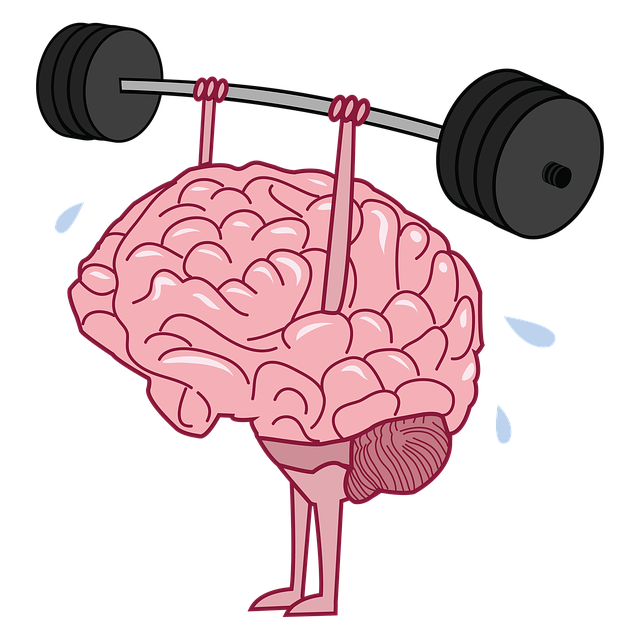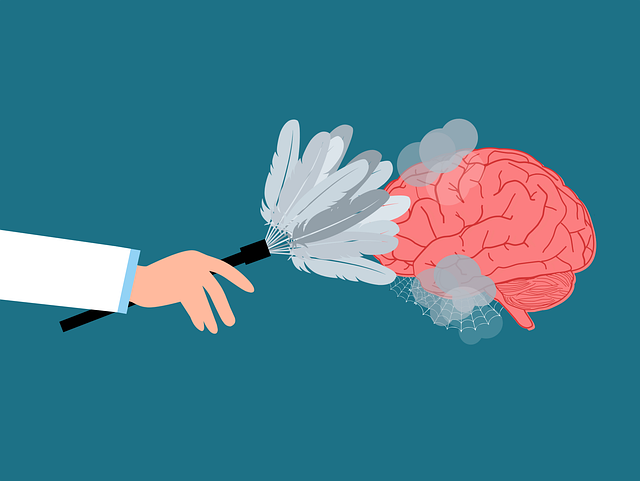Boulder Cognitive Processing Therapy (BCPT) is a powerful, evidence-based approach to risk assessment and harm minimization in mental healthcare. It focuses on identifying vulnerabilities like trauma or stress, modifying negative thought patterns, and developing tailored coping skills. By analyzing community factors, BCPT helps mitigate risks in high-pressure urban environments, particularly for vulnerable populations. This strategy includes self-awareness exercises, journaling, and continuous therapist support to adapt plans as needed, ensuring long-term emotional healing and well-being.
In today’s complex landscape, effective risk assessment and harm minimization planning are essential for organizations and individuals alike. This comprehensive guide delves into critical components for ensuring safety and well-being. We explore defining potential threats and vulnerabilities through understanding risk assessment, with a focus on identifying high-risk scenarios and vulnerable populations. Key strategies include the application of Boulder Cognitive Processing Therapy (CPT) in harm minimization planning, as well as developing and implementing adaptive plans for continuous safety monitoring.
- Understanding Risk Assessment: Defining Potential Threats and Vulnerabilities
- Cognitive Processing Therapy (CPT): A Tool for Effective Harm Minimization
- Identifying High-Risk Scenarios and Populations
- Developing a Comprehensive Harm Minimization Plan
- Implementation, Monitoring, and Adaptation: Ensuring Continuous Safety
Understanding Risk Assessment: Defining Potential Threats and Vulnerabilities

Understanding Risk assessment is a fundamental step in any harm minimization strategy, including Boulder Cognitive Processing Therapy (BCPT). It involves a thorough examination of potential threats and vulnerabilities that could impact an individual’s mental health and overall wellness. BCPT leverages cognitive processing techniques to identify and challenge negative thought patterns, thereby strengthening individuals’ resilience against various risks.
This process necessitates a nuanced approach, particularly in Mental Health Policy Analysis and Advocacy, where advocating for policies that support mental wellness is paramount. By recognizing vulnerabilities such as past traumatic experiences or current life stressors, therapists using BCPT can tailor interventions to boost clients’ confidence and equip them with coping mechanisms. This proactive approach aligns with broader goals of fostering mental resilience and ensuring a robust Mental Wellness framework.
Cognitive Processing Therapy (CPT): A Tool for Effective Harm Minimization

Cognitive Processing Therapy (CPT) offers a powerful framework for harm minimization and risk assessment in mental healthcare. This evidence-based approach focuses on identifying and modifying unhelpful thought patterns, enabling individuals to develop healthier coping mechanisms. By addressing underlying cognitive distortions, CPT helps patients gain a more balanced perspective, reducing the likelihood of engaging in harmful behaviors or making impulsive decisions that may exacerbate existing issues.
Incorporating Cultural Sensitivity in Mental Healthcare Practice is essential when utilizing CPT. This involves tailoring the therapy to respect and consider an individual’s cultural background, ensuring the treatment aligns with their beliefs and values. Effective CPT sessions also incorporate Conflict Resolution Techniques to address interpersonal challenges, which are significant factors contributing to risk assessment. Furthermore, by integrating Burnout Prevention Strategies for Healthcare Providers into the therapeutic process, CPT practitioners can offer sustained support while minimizing the risk of provider fatigue, thereby enhancing long-term harm minimization outcomes.
Identifying High-Risk Scenarios and Populations

Identifying high-risk scenarios is a critical step in risk assessment and harm minimization planning. This process involves analyzing various factors within communities and populations to pinpoint areas where potential harms are most likely to occur. For instance, in urban settings like Boulder, Colorado, cognitive processing therapy (CPT) can be an effective tool to address psychological stress among residents facing bustling city life pressures. CPT helps individuals develop coping skills to navigate challenging situations, thereby reducing the risk of emotional distress escalating into more severe mental health issues.
Special attention should be given to vulnerable populations such as youth, elderly individuals, and those with pre-existing mental health conditions. Healthcare provider cultural competency training is essential in these scenarios, ensuring that services are accessible and tailored to diverse community needs. By understanding the unique challenges faced by different groups, healthcare professionals can implement stress reduction methods that effectively target potential harm risks, fostering a more inclusive and supportive environment for all.
Developing a Comprehensive Harm Minimization Plan

Developing a comprehensive harm minimization plan involves strategic steps tailored to address potential risks and promote mental wellness. This process begins with identifying triggers and vulnerabilities unique to each individual. Drawing from evidence-based practices like Boulder Cognitive Processing Therapy, therapists guide clients in recognizing patterns of unhelpful thinking and behaviors that contribute to emotional distress. By fostering awareness and self-reflection, individuals gain valuable insights into their cognitive processes and develop coping mechanisms.
Integrating Mental Wellness Journaling Exercise Guidance can be a powerful tool within this framework. Encouraging regular reflection allows individuals to track their thoughts, emotions, and behaviors, identifying recurring themes and triggers. This proactive approach empowers clients to implement Emotional Well-being Promotion Techniques learned throughout therapy, such as mindfulness exercises and cognitive restructuring strategies, thereby enhancing their ability to manage challenges before they escalate. Furthermore, this proactive stance plays a pivotal role in preventing relapses and promoting long-term depression prevention.
Implementation, Monitoring, and Adaptation: Ensuring Continuous Safety

The successful implementation of Risk Assessment and Harm Minimization Planning goes beyond initial setup. It requires continuous monitoring to identify emerging risks or changes in an individual’s situation, which can be facilitated by regular check-ins, feedback mechanisms, and data collection. Mental health professionals play a pivotal role here, utilizing their training in Boulder Cognitive Processing Therapy to interpret these insights. By staying attuned to the client’s progress, therapists can adapt plans accordingly, ensuring safety remains paramount. This dynamic approach involves regularly reviewing risk factors, updating strategies for coping skills development, and modifying interventions as needed, all rooted in evidence-based practices.
Adaptation is key to fostering effective emotional healing processes. As clients navigate their journeys, their needs may evolve, requiring a flexible and responsive framework. Regular monitoring allows for the early detection of potential triggers or escalating issues, enabling prompt intervention. This proactive stance not only mitigates risks but also demonstrates a commitment to the client’s long-term well-being, fostering trust in the therapeutic relationship.
In conclusion, risk assessment and harm minimization planning are paramount in ensuring safety and well-being. By understanding potential threats and vulnerabilities, leveraging tools like Boulder Cognitive Processing Therapy (CPT), identifying high-risk scenarios and populations, and developing comprehensive plans, we can proactively manage risks. Continuous implementation, monitoring, and adaptation are key to maintaining a safe environment, making this process an ongoing commitment for all stakeholders.












